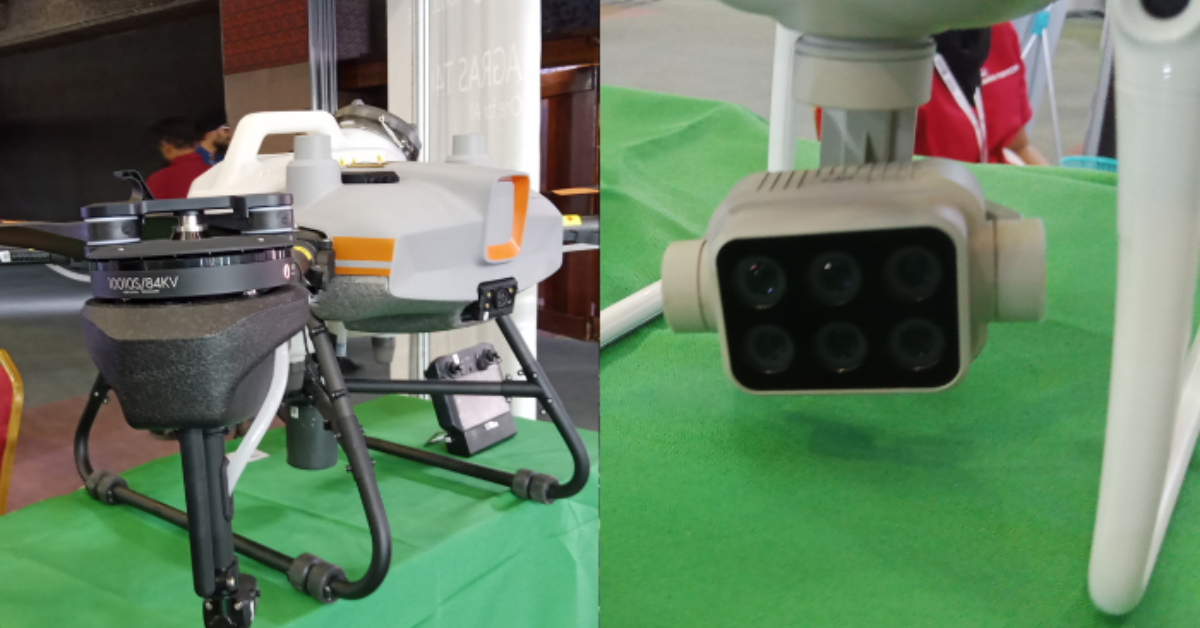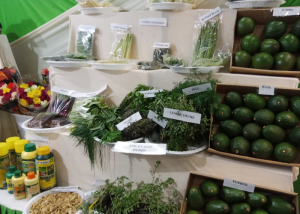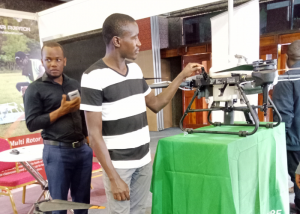
6th Africa Agri Expo Edition 2023.
The 6th Africa Agri Expo brought major agriculture companies, policymakers, investors and media houses which formed a hub of revolution and business networking and created historical remarks on the new technologies in the agriculture space.
Representatives from the Ministry of Agriculture and Livestock inaugurated the event. The exhibition area witnessed cutting-edge and latest technologies and solutions from global agriculture players.
FPSN Africa managed to visit a few exhibitors and learned about their products and services where the focus landed on high-value crops and development in agriculture technology.
High-value crops
It is a ripe time for farmers to embrace high-value crops to boost economic returns. Staples are okay to grow to sustain food security but growing households’ needs alongside skyrocketing inflation rates call for alternative farming options in food crops value chains. Farmers, even at the smallholder level are not exceptional in this regard.
Many farmers hold on dearly to Conventional farming where over generations, it becomes difficult to commercialize their produce because crops take long seasons’ time to grow and are resource intensive to produce.
Learning from Nakuru County Agriculture Officers, high-value crops have the advantages of taking a shorter time to mature, can be harvested more than 3 times upon maturity, have high yields per unit area, and fetch high market prices.

Most of the crops fall under vegetables, Fruits, food ingredients, spices crops, and legumes. Specific value chain examples are; courgette, lemon grass, runner beans, broccoli, green grams, yellow beans, biancoli, baby corn, parsley, lemon thyme, and avocados( Hass variety) This does not mean all single varieties in the mentioned categories can give exceptional returns. Those conceptualized to be nutritious sell at a higher price.
Before one venture into this kind of farming, one needs to learn more about crops, where to source inputs, and the market links for the crops and be ready to maintain the market standards because some of them are for export.
Drone technology
Agricultural drones are exponentially becoming the next big thing powered by Artificial Intelligence (AI). They display high levels of accuracy and specificity when it comes to the management of plant health.
Fahari Aviation Team elaborated that every flight made by the drone on the farm is able to assess crops, collect data, store, process and transmit data about the crops. It helps in the diagnosis of crop diseases and pests and hence minimizes wastage during the application of fertilizers.
There is a surveillance drone and another designed for fertilizer, insecticides, herbicides and pesticides application. The good news for farmers is that the drones can be hired by farmers and large-scale farmers, on the upper hand can set aside budgets for this technology to minimize losses.
Positively if you are not using drone technology now, in the near future you will be using this cutting-edge technology.
What young people ought to do right now:
- It is a golden idea for youngsters to learn about drone technology as familiarity with it will help them have a humble time keeping up with the technology as develops.
- Drone operations can help young people develop agritech abilities. Additionally they can learn how to construct, fly and repair drones, which can form employment when it comes to expertise in the technology.
- Youth can learn how to use drones “on the field” which encompasses evaluating data from the drones and analyzing it to make agricultural judgments.
- As Kenya shifts into technical learning curricula, drone technology is something that can be incorporated for agriculture students on how to operate drones.

Common bean value chain technologies
More research continues to sprout on the bean value chain that serves to modernize the production and processing of common African beans. They include:
- Biofortified bean varieties for improved nutrition and income generation.
- Climbing beans with high yield potential and nitrogen fixation.
- Low-cost staking options for climbing beans such as trellises
- Mechanical and Herbicidal strategies for labor-efficient weed management such as mechanized weeders (mini-tiller)
- Seed dressing with fungicides and insecticides for protection during storage and seedling emergence.
- Hermetic bags for safe storage of harvests.
High-quality cassava
Processing High-quality cassava flour(HQCF) is a new technology in the cassava value chain for Technologies for African Agricultural Transformation. HQCF is a gluten-free product, made through a series of steps.
The processing of cassava improves its shelf life by reducing the moisture content to <10%. The process involves peeling off freshly harvested cassava roots, washing, grating, dewatering, drying, milling, and packaging
Problem solved
- Fresh cassava contains high water content and toxic cyanide compounds
- The short life of cassava roots.
- The challenge for farmers to store cassava roots as food or sell them within markets.
These technologies have a direct role in the achievement of the Sustainable Development Goals in relation to farm productivity, food security, hunger reduction, responsible food consumption, improved household nutrition and diets, economic growth and climate-smart innovation for improving human equity and empowerment.
